
The Obstacle Is the Way: The Timeless Art of Turning Trials into Triumph (2014) by Ryan Holiday: 10 out of 10: So, we’ve got Ryan Holiday, who is probably the biggest promoter of Stoicism around. I don’t think it’s wrong to say he really took it to the next level in the last 10–15 years. Obviously, Stoicism has been around for a very long time, and by no means did Ryan “invent” it. Alas he has packaged it, so to speak.
Generally speaking, I’m a follower of Stoicism, as those who have read some of my other book reviews on the subject will know, and I have a genuine admiration for Ryan Holiday. He’s not the end-all, be-all, though. I highly recommend reading other works, including the original texts, to get a more rounded view of the philosophy. And remember: it’s perfectly fine to be a bit of a “cafeteria Stoic,” where you take the things that work for you and leave on the table the things that don’t.

Now, full disclosure: I have in the past been a member of Ryan Holiday’s club. I’ve received the Daily Stoic emails, I’ve spent time listening to his podcasts, and I’ve read, or listened to on audiobook, a few of his books in the past. I hadn’t read this particular one, though. And I have to confess: I may have gotten a touch burned out. Not with Stoicism itself, but more with the “Ryan Holiday universe,” so to speak. Multiverse, maybe? I don’t know.
Part of the issue (and this is not unique to Mr. Holiday by any means) is that there are only so many stories to tell. Inevitably, anyone working in this space is going to repeat the same stories again and again. Stoicism has a decent written record, but that’s it. This record quickly becomes like the Torah, where you study the same lines over and over. (As can be seen in the film Tora! Tora! Tora! though I may be misremembering here)
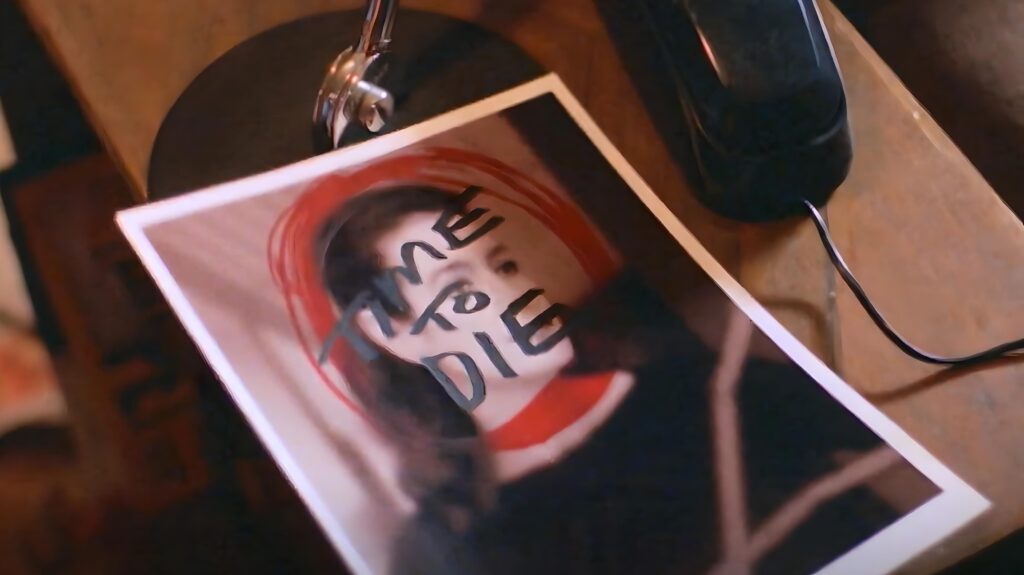
The repetition of these stories sometimes leads to the accidental promotion of what I call “Bro-Stoicism” or maybe even “get-rich-quick Stoicism.” And to be clear, I don’t blame Mr. Holiday for this. It’s partly the nature of his podcast: he features famous people who use Stoicism, and that’s all well and good. But it gives the impression that, say, Michael Dell is successful because he studied Seneca, rather than the reality. Which is that he was already a successful computer magnate who happens to use Stoicism.
You see this a lot with Holiday’s focus on Special Forces and sports teams. Both have the advantage of clearly defined success/failure states, which makes them appealing case studies. If a coach says Stoicism helped the Rams, and then the Rams win the Super Bowl, the implication is: Stoicism won the Super Bowl. It’s kind of like the old joke where both sides are praying to the same God in a war.

The reality, of course, is that life is much messier. Where Stoicism really shines is in the day-to-day habits. The small, ordinary practices that help ordinary people manage ordinary lives. And Lord knows, nowadays Stoicism definitely comes in handy.
And Ryan’s not the only one to ride the Stoic wave. I’d argue that Mark Manson (though he claims his philosophy is rooted more in French existentialism with some Stoicism mixed in) has also been surfing the same trend.

Now, I have a point where I quit Ryan Holiday, and I’m going to tell you about that for a second. I’ve done this before with other things I liked. I remember reading Stephen King voraciously through the ’80s, then I got to “It”, which was a thousand pages of masturbatory ’50s nostalgia that ended with a mutant spider under the sewers. After slogging through that, I quit Stephen King for at least a decade.
Ryan Holiday had his own “mutant spider” moment for me. He put out a YouTube video not long ago, maybe last year, maybe earlier this year, about the pandemic. The gist was that he used the pandemic to reconnect with his family, slow down, visit nature, and so forth. He framed it as Stoicism helping him see the bright side of the pandemic.

Needless to say, this came across as a bit tone-deaf. It didn’t help that in the middle of this 20-minute video, there was a sponsored promotion for a somewhat dubious online-only therapy company. Which raised two questions: (A) Why would Ryan Holiday, of all people, agree to be sponsored by a sketchy therapy outfit? And (B) why does he even need sponsorship in a video that’s already promoting himself, his bookstore, his books, and his speeches? Why double-dip?
But the final straw was when he told the story of a friend (I don’t know if he actually knows her) who also had a “wonderful” pandemic. She, too, reconnected with nature. In fact, she befriended a bunny rabbit. Of course, she happened to spend the entire pandemic in an English manor house. And then she somehow got a book deal with Random House to write about the experience.

This is not Stoicism, Ryan. There are very few events in human history that can’t be made better by spending them in an English manor house. Even in Downton Abbey season two, when they tried to show the horrors of World War I, you couldn’t help but think: “If I’m going to be in World War I, better here than on the front lines in Flanders.”
So yes, if you’re wealthy, or own a ranch, or are staying with Lord Buckshot, the pandemic might have been a chance to bond with nature. But for many others, people with dying spouses, people in chaos and misery… that was not the reality. Perhaps I should’ve made friends with a bunny rabbit, though I was busy just trying to keep my wife alive.
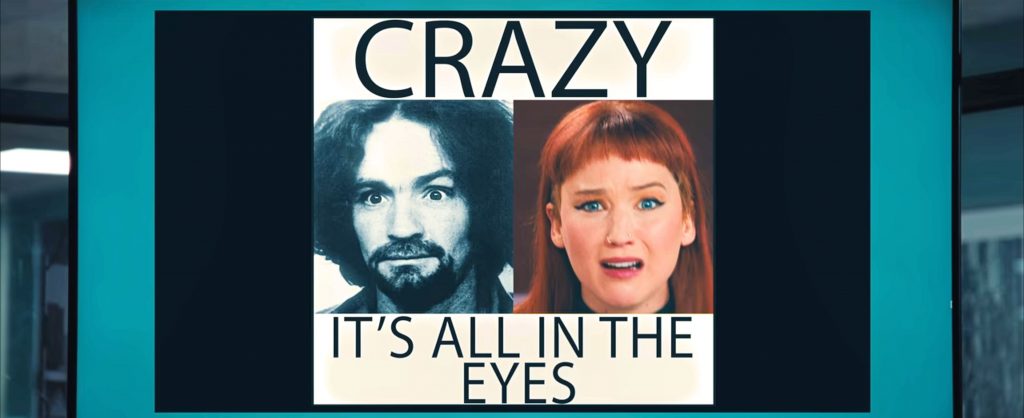
For some reason, this struck me as the most ridiculous thing I’d ever seen, and I said: That’s it. No more Ryan Holiday. No more Daily Stoic. No more podcasts. Done.
Now, if you’re still reading this review, you’ll see this wasn’t a decade-long boycott. Unlike King’s ’50s nostalgia leading to a mutant spider, I didn’t drop him forever. In fact, I picked up the new edition of this book and read the introduction. And I’ve got to admit. Ryan drew me back in.

The introduction had a lot of wisdom and humility. He admitted he wouldn’t write the same book today that he wrote ten years ago, and ten years from now he’ll likely write an even wiser one. But this is the book he wrote then, and he stands by it. I liked that. I liked he wasn’t pretending to have all the answers, but acknowledged growth and change.

One last thing about Ryan: he does walk the walk. It would be easy for him to lean into politics or other popular angles that would resonate with his Stoic audience. But he doesn’t. He stands by his principles, even when it hurts his business. He lives in rural Texas; he takes his stances, and whether I agree with him or not (and sometimes I think he’s being silly), I admire his willingness to stick to his principles even at a cost.
So overall, I’m looking forward to the book. I was impressed with the introduction.

The Good
The Good: The Obstacle Is the Way is pithy and genuinely impressive. It’s the kind book worth revisiting every six months or so just to reset your mindset and remind yourself of what matters.
Ryan’s style really shines here. He takes a simple subject, finds a relatable example, and then delivers a short, sharp insight on why it matters. It’s efficient, thoughtful, and easy to digest. Honestly, I’m curious what the “30-minute summary” version of this book looks like, because the original already feels like one: quick, smart, and packed with useful takeaways.

The Bad
The Bad: If I had one fear going into The Obstacle Is the Way is that the book would be filled with overachieving superheroes who used Stoicism to overcome crushing difficulties. And there is a couple of those tucked into the pages. The Hurricane Rubin chapter lays on it particularly thick and I am still unclear if Steve Jobs was actually Stoic or for that matter was someone one should try to emulate.

The Ugly
The Ugly: If I have one gripe about Ryan’s approach, and it’s a small one, it’s that he sometimes wants it both ways. Each obstacle requires a different strategy: some must be confronted head-on, others sidestepped, others endured. But which kind is yours? If you have cancer, is that a “fight” obstacle or an “acceptance” obstacle? Gandhi and Ulysses S. Grant faced theirs very differently and swapping their approaches would have been disastrous. Ultimately, it circles back to that old prayer: grant me the wisdom to know the difference.

In Conclusion
In Conclusion: A question started forming in my mind: what is the ultimate point of Stoicism? Ryan emphasizes preparedness, resilience, and not being lulled by good times. Fair enough. But there’s a limit to how useful it is to constantly anticipate disaster. As I’ve gotten older, I’ve learned to enjoy the quiet lulls between storms: to rest, recharge, and appreciate life. That’s not very Stoic perhaps, but it’s very human.
When I first got into Stoicism, it was because I noticed how sharp and focused I became during crises. I wanted to see if I could be that productive outside of them. The answer, to a degree, is yes. But the truth is, the thing that keeps me from being a hyper-productive machine when life is calm is simple: I don’t want to be.
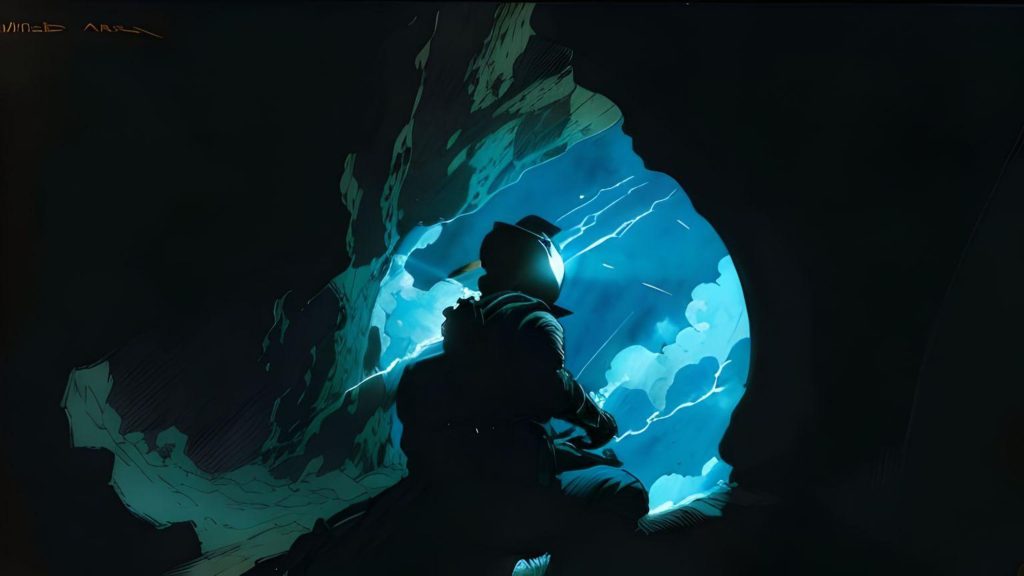
If the bills are paid, the family’s healthy, and the cats are fed, what’s wrong with spending an afternoon reading, watching a movie, or playing The Sims 4? Life isn’t meant to be a constant optimization exercise. Motivation books never tell you to put your feet up, take a shower, and trust that things will unfold in time, but sometimes that’s exactly the advice you need.
Because that’s the real question: what are we doing all this for? Are we trying to make the world better? Help others? Secure our weekends? Avoid homelessness? Each answer points you in a different direction. And if you don’t know your why, you’ll be lost no matter how disciplined you are.

Still, I’ve learned some of my best personal lessons from Stoicism. One stands out in particular: do the hardest thing first. My days, and my life, got easier once I made that a rule. It doesn’t always go perfectly, but it keeps me grounded.
So if you find yourself with a few free hours, don’t feel guilty for relaxing read a book, play a game, pet the cat. Life isn’t a constant battle to improve. Sometimes the most Stoic thing you can do is to recognize that you’ve done enough for today.
Random Notes from reading
Well the introduction basically lays out how The Obstacle Is the Way actually works. In essence, you lean into the Obstacle in your path to gain success rather than trying to avoid it. Well, Ryan’s book does in its introduction what Mindset: The New Psychology of Success by Carol S. Dweck was unable to do in its entire book. Explain its premise in a clear and easy to understand actionable manner.
I suspect what follows are plenty of relatable stories where people did just that. And while I have heard most of them, I am sure, since Ryan loves his chestnuts and has quoted this book pretty much anytime he talks. I am still looking forward to reading it. i am pleasantly surprised at how much I am enjoying the book so far, and I am only through the first two introductions.

________________________________________________________________________________________________________________
Chapter one is all about perception and how we approach obstacles. Our target example is Rockefeller. He started out in business during the teeth of the Panic of 1857, and while many around him panicked or folded, he kept his head. Instead of treating the crisis as disaster, he treated it as opportunity.
That’s the central lesson here: focus on what you can control, remove as much raw emotion as possible, and look at the facts with clear eyes. Use perception not to wallow in disaster but to reframe it into opportunity. It’s the very definition of “turning the obstacle into the way” — which sounds like something you’d see embroidered on a bathroom towel or in Eat Pray Love, but it’s surprisingly solid advice.

Think Spock here (Star Trek Spock, not Dr. Benjamin Spock, the pediatrician). Cold, rational, calculating eyes. Not because you’re a robot, or because you lack humanity, but because the best way to make quality decisions that benefit yourself and those you love is to temper your emotions. Ryan Holiday doesn’t quite spell that out, but it’s implied: you do this for the sake of those you care about, not because you’re auditioning to be a soulless machine taking over the world.
Rockefeller is the Uber-example. His cold calculations monopolized oil, drove competitors out, and cemented him as a titan of industry. Saying Rockefeller made cold, rational decisions is like saying Jack Nicholson hit a golf ball, it’s an understatement, but accurate. And he’s not the only example. Even in the arts, sometimes people walk away from a passion project because, logically, it just makes little sense. And you’ve got to admire that.

So far after the introduction, I’m liking the cut of the book’s jib. The pace is solid; the lessons are sharp, and I’m honestly shocked it took me this long to read it.
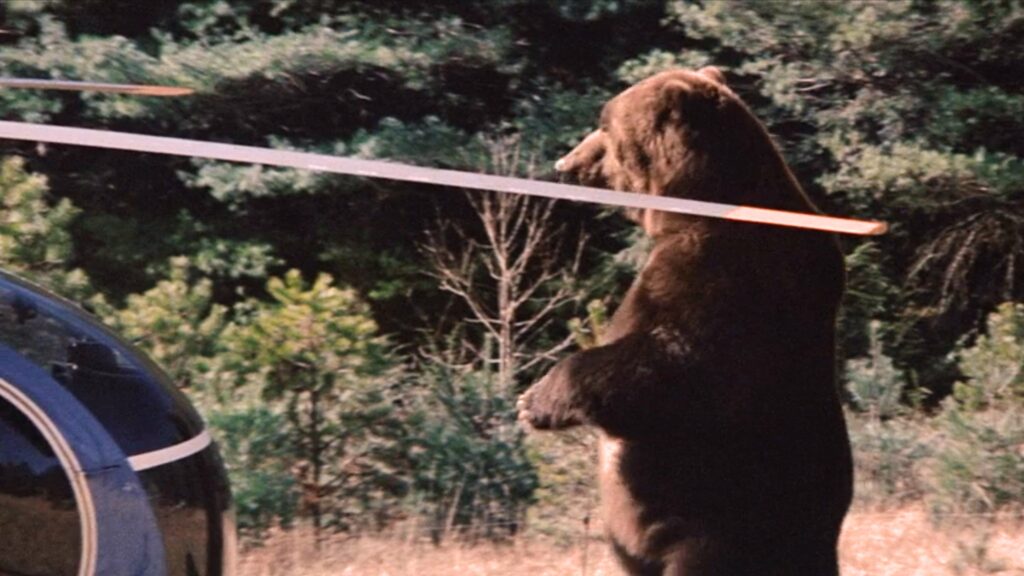
________________________________________________________________________________________________________________
We got through a couple more chapters, relatively breezy ones this time. There’s one on Hurricane Rubin, the famous boxer you may know from the Bob Dylan song, and another on Ulysses S. Grant, who as far as I know does not have a Bob Dylan song.
Rubin, in particular, is used as an example of controlling what you can control and refusing to let others define who you are. While in prison, he wouldn’t wear the uniform, wouldn’t work, and wouldn’t accept easy time. He refused to give them an inch. I have to confess, though, I’ve got a small problem with that story, not because I think Rubin was guilty or innocent (I don’t know enough to say), but because it’s such an extreme example that it’s hard to relate to, let alone replicate in real life. And I’m not entirely sure it’s the best way to handle adversity either.

I’ve always said that no matter how many times I go to the gym, I’ll never look like The Rock. On the other hand, Steven Seagal is within reach. Though in that case, it’d be thanks to the all-you-can-eat buffet, not the dojo.
Neither is a goal of mine, mind you, but one’s at least possible, while the other is a fantasy. Likewise, I could never show the level of discipline Rubin displayed in prison. I’m not even sure it was the right kind of discipline. Refusing to cooperate might build a sense of pride and purpose, but it also makes your situation a lot harder when you have no idea how long you’ll be there or how it’ll end.

We’ve all had terrible jobs. Lord knows I’ve had my share. I’ve always believed the best thing you can do is to just do a good job, anyway. Even a terrible job goes by faster and feels better if you take pride in it. It also helps to get along with the people around you. Really, that’s just a long-winded way of saying don’t be an asshole And I hate to say it, but Rubin, at least as Ryan describes him, kind of comes across as one. He’s completely right to be angry and to stand his ground, but that doesn’t change the reality of his circumstances.
Grant’s chapter is easier to take in. His lesson is about keeping your cool under fire, quite literally in his case. Supposedly, his father used to fire rockets near his head to toughen him up. If that story’s true, then his father might’ve been an even bigger asshole than Rubin. Either way, Grant’s reputation in this book is as the calm man in chaos. Most people remember him as the general who drank too much and the president who wasn’t great, but at least he wasn’t our worst.

Keeping your head when others are losing theirs is usually sound advice. The Civil War itself gave us a grim example. That one general who said calmly, “They couldn’t hit an elephant at this dist” just before catching a bullet mid-sentence. It’s darkly funny, but it underlines Grant’s point.
If it sounds like I’m being a grump picking on Hurricane Rubin and Ulysses S. Grant, I’m really not. The lessons are excellent and clear. I just think we risk getting lost in examples that feel a bit superhuman. I practice Stoicism to live a better, saner life and to be a better person for those around me, not to become some kind of marble statue of unflinching perfection. A few more down-to-earth examples would go a long way.

——————————————————————————————————————————————
This chapter starts off brilliantly. It focuses on overcoming fear and how practice makes perfect, using the Apollo and Mercury astronauts as prime examples. The author describes how these astronauts repeated the exact same routine every day leading up to launch. Everything from breakfast to suiting up to strapping into the cockpit until the entire process became second nature.
They would even simulate things going wrong, from runny eggs at breakfast to onboard fires, forcing the astronauts to react calmly to any emergency. its excellent advice, and anyone who’s had a job with repetitive tasks knows how true it is: after a while, those tasks become second nature.
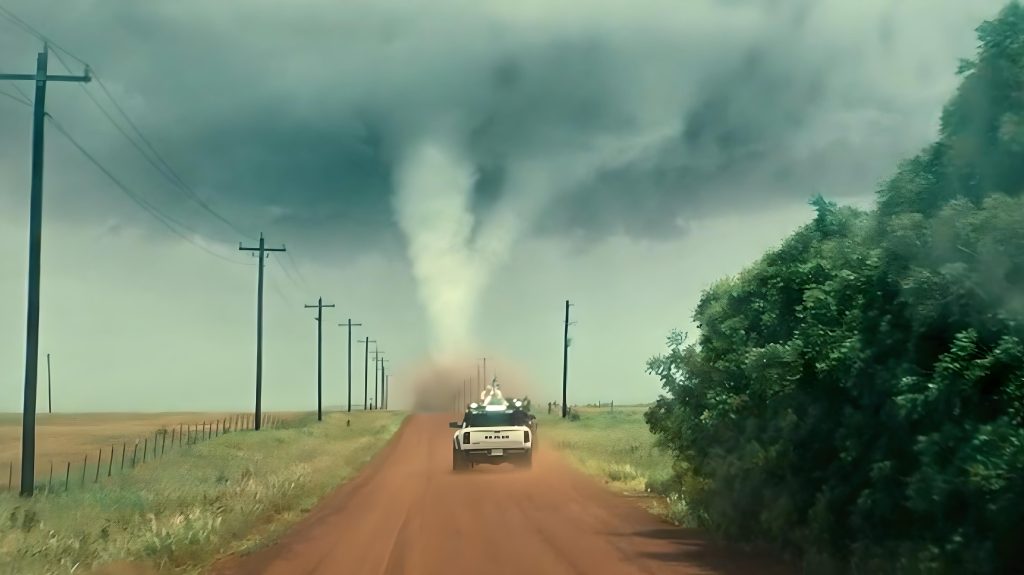
Some people joke about being “semi-retired” or turning down promotions, but often it’s because they’ve mastered their current role to a science and simply don’t want to start over learning something new. That may not be pure Stoicism or top-tier motivational philosophy, but it’s an entirely human and understandable point of view.
Unlike the earlier Reuben Carter chapter, which I liked but found a bit off the beaten path, this one hits dead center on the Stoic theme. It’s a reminder that good habits, practiced over time, compound like interest in a bank account: time plus discipline equals growth, and the longer it continues, the greater the return.

——————————————————————————————————————————————
These three chapters are short but packed with solid lessons. “Living in the Present Moment” opens with a list of companies that began during what most would call terrible economic times. Moments when starting a business seemed like the worst possible idea. Yet they succeeded precisely because their founders didn’t wait for the “perfect” moment.
There’s a lot of truth in that. I can’t tell you how many people sat on the sidelines between 2014 and 2020 waiting for the right time to buy a house. That “perfect” moment never came—and the market just kept getting tougher. Even now, people are waiting for ideal conditions instead of just taking action. If you’ve got the means and the need, sometimes you just have to do it.

The same applies to relationships: what’s the perfect time to tell someone you love them? There isn’t one. If you love them, say it. The worst thing that happens is you learn the truth. And knowing the truth is a lot better than living in limbo. More people fail by not speaking up than by speaking their mind.
The “Think Differently” chapter dives into Steve Jobs. Now, I wouldn’t want to be Steve Jobs, or work for Steve Jobs, but there’s no denying he got things done. He was driven, creative, and relentlessly focused. While I’m hesitant to call him a Stoic role model, he serves well enough as an example for the point Ryan’s trying to make: that thinking differently, even abrasively, can lead to breakthroughs.

Finally, “Finding the Opportunity” uses Eisenhower’s handling of the German Blitzkrieg as a case study. Ryan paints a picture of Eisenhower coolly responding, “Let them blitz, then we’ll flank them.” It’s a compelling image, even if it simplifies the reality a bit. Eisenhower’s situation in 1944 differed greatly from France’s in 1938. He had a massive, well-equipped army and wasn’t defending his own homeland. Still, it reinforces the principle beautifully: sometimes the best way to handle aggression or chaos is to stay calm, look for the opening, and turn the situation around.
All three chapters are quick, engaging reads. No red flags, no filler, just concise, actionable wisdom. The book so far has been pithy and genuinely impressive. It’s the kind book worth revisiting every six months or so just to reset your mindset and remind yourself of what matters.

——————————————————————————————————————————————
Chapter Reflection: Doing the Best with What You’ve Got
Several subjects are touched on in this section, but one stands out above the rest. A piece of advice I came across long ago (possibly from Ryan, possibly elsewhere) that has stuck with me and, frankly, gotten me out of more than a few tough spots:
If you’re stuck with a horrible job, do the best you can at that job while you’re doing it.
It’s something I had to learn the hard way. You’re going to be there for eight hours either way, so you might as well enjoy yourself and make the day go faster by doing the job well instead of staring at the clock. Complaining doesn’t shorten the shift, and halfhearted work only makes it drag on longer.

We all get the same 24 hours. Sure, wealthy people may have maids, drivers, and assistants to handle the tedious parts of life, but even for the rest of us, being efficient and putting genuine effort into what we do makes the time pass more pleasantly. Ironically, laziness doesn’t just make work feel longer. It also puts you in danger of having no work at all.
Hard work alone isn’t a magic formula for success. Plenty of people work hard but not efficiently or competently, but doing your best with what you have is the surest path to peace of mind.

Ryan’s style really shines here. He takes a simple subject, finds a relatable example, and then delivers a short, sharp insight on why it matters. It’s efficient, thoughtful, and easy to digest. Honestly, I’m curious what the “30-minute summary” version of this book looks like, because the original already feels like one: quick, smart, and packed with useful takeaways.

——————————————————————————————————————————————
Broad Reflections: Fate, Control, and the Point of It All
With the internet out, I got through quite a few chapters last night, so here are some broad strokes.
First off, I really like how Ryan addresses the idea of fate. He points out that modern life has distanced us from it. There’s a kind of hubris in how we think we control nature, disease, and the economy, as if fate no longer applies. The ancients (and even people just a century or two ago) understood better: the plans of the gods, or of fate, aren’t necessarily our plans. All the preparation in the world can’t guarantee the outcome we want. As that old wear sunscreen song says, most of the worst things in life happen on some random sunny Tuesday.

Now, Ryan also covers one part of Stoicism that I absolutely despise. The practice of premeditatio malorum, or the premeditation of evils. It’s the idea that before any trip or venture, you mentally rehearse everything that could go wrong: the plane explodes, you lose your luggage, the Uber’s late, the hotel burns down, you get food poisoning, so on and so forth. Supposedly, this prepares you for disaster so you’ll be calm if it happens.
In reality, it’s a recipe for anxiety. You spend hours imagining misery, and either nothing goes wrong (so you’ve wasted your time worrying) or something goes wrong that you didn’t imagine, because there are infinite possibilities. I understand it intellectually, but in practice it’s counterproductive. Some of us already do this naturally, it’s called anxiety, and we don’t need philosophical permission to amplify it.
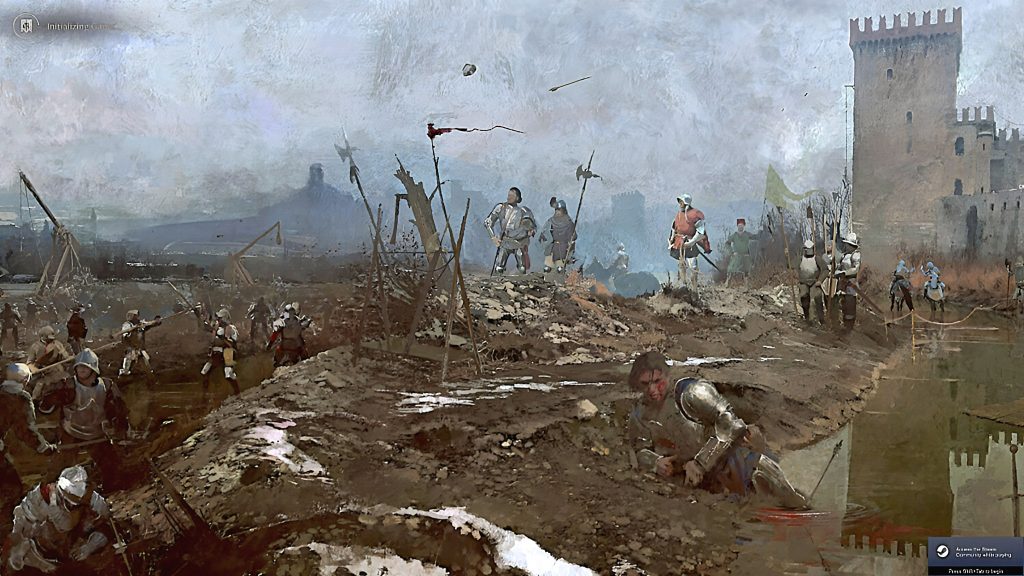
Then we get some classic examples. POW stories, Edison’s factory fire all making the point about resilience and perspective. Still, a bigger question started forming in my mind: what is the ultimate point of Stoicism? Ryan emphasizes preparedness, resilience, and not being lulled by good times. Fair enough. But there’s a limit to how useful it is to constantly anticipate disaster. As I’ve gotten older, I’ve learned to enjoy the quiet lulls between storms: to rest, recharge, and appreciate life. That’s not very Stoic, maybe, but it’s very human.
When I first got into Stoicism, it was because I noticed how sharp and focused I became during crises — I wanted to see if I could be that productive outside of them. The answer, to a degree, is yes. But the truth is, the thing that keeps me from being a hyper-productive machine when life is calm is simple: I don’t want to be.

If the bills are paid, the family’s healthy, and the cats are fed, what’s wrong with spending an afternoon reading, watching a movie, or playing The Sims 4? Life isn’t meant to be a constant optimization exercise. Motivation books never tell you to put your feet up, take a shower, and trust that things will unfold in time, but sometimes that’s exactly the advice you need.
Because that’s the real question: what are we doing all this for? Are we trying to make the world better? Help others? Secure our weekends? Avoid homelessness? Each answer points you in a different direction. And if you don’t know your why, you’ll be lost no matter how disciplined you are.

If I have one gripe about Ryan’s approach, and it’s a small one, it’s that he sometimes wants it both ways. Each obstacle requires a different strategy: some must be confronted head-on, others sidestepped, others endured. But which kind is yours? If you have cancer, is that a “fight” obstacle or an “acceptance” obstacle? Gandhi and Ulysses S. Grant faced theirs very differently and swapping their approaches would have been disastrous. Ultimately, it circles back to that old prayer: grant me the wisdom to know the difference.
Still, I’ve learned some of my best personal lessons from Stoicism. One stands out in particular: do the hardest thing first. My days, and my life, got easier once I made that a rule. It doesn’t always go perfectly, but it keeps me grounded.

So if you find yourself with a few free hours, don’t feel guilty for relaxing read a book, play a game, pet the cat. Life isn’t a constant battle to improve. Sometimes the most Stoic thing you can do is to recognize that you’ve done enough for today.
——————————————————————————————————————————————
